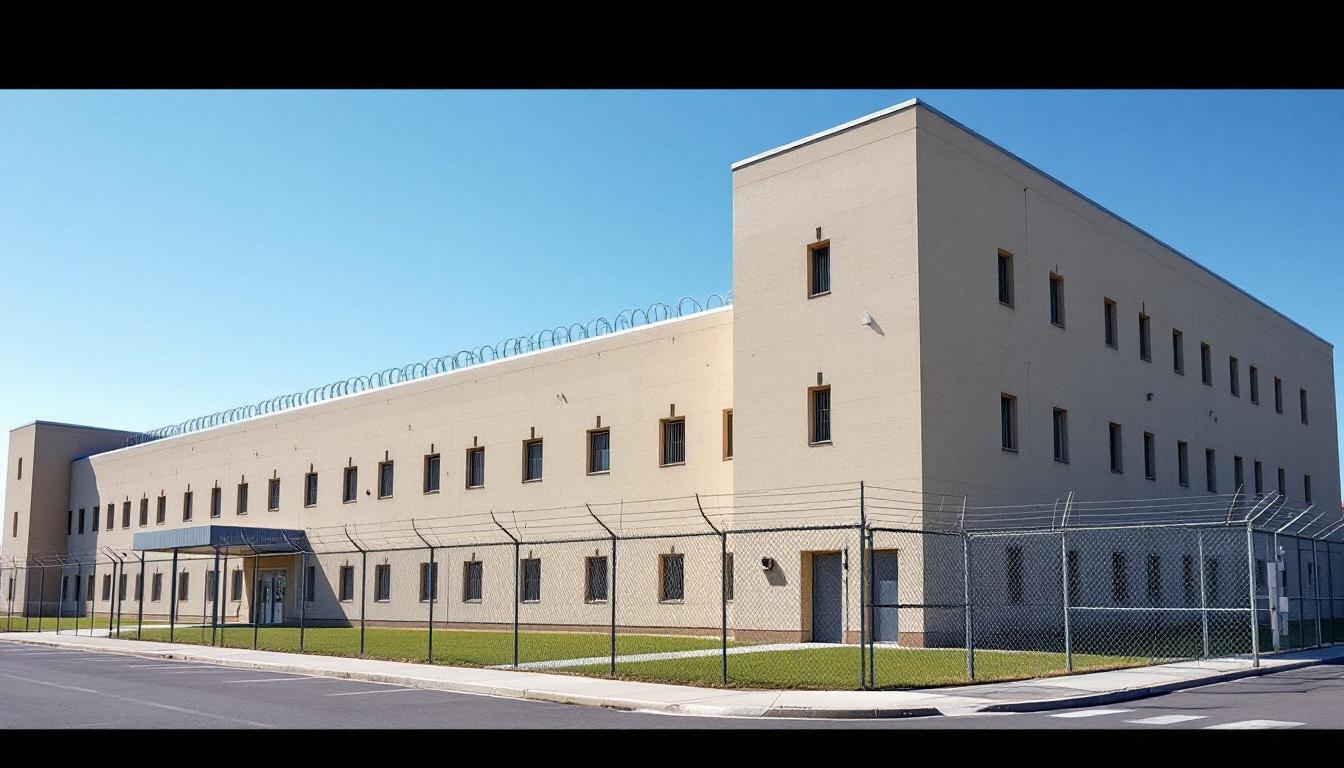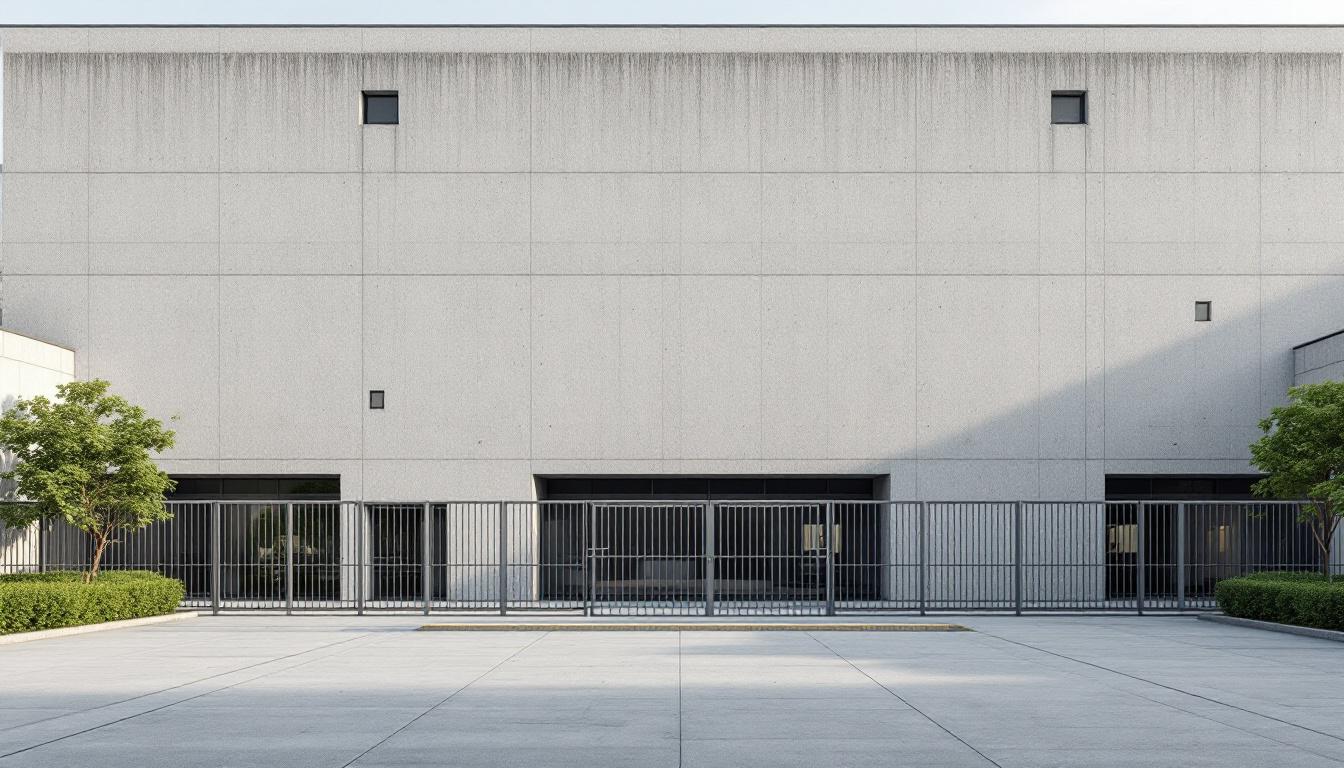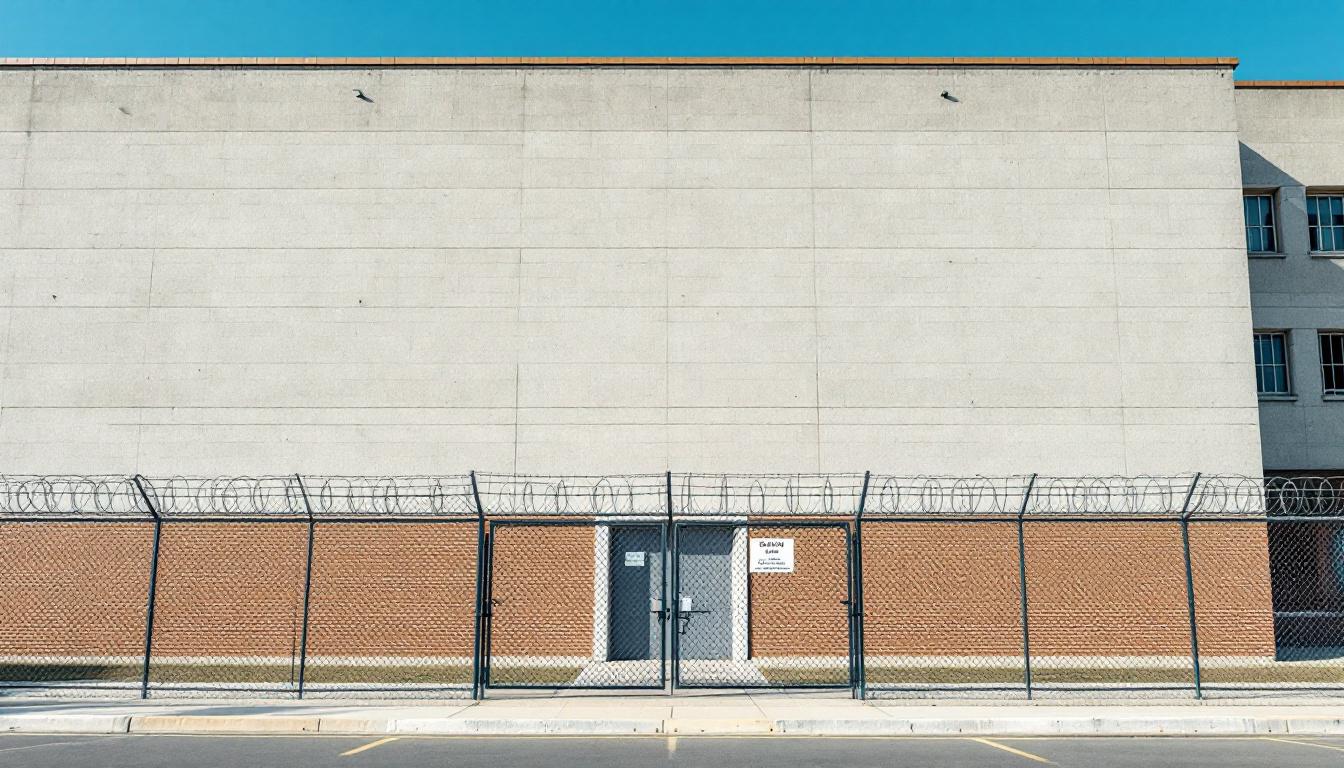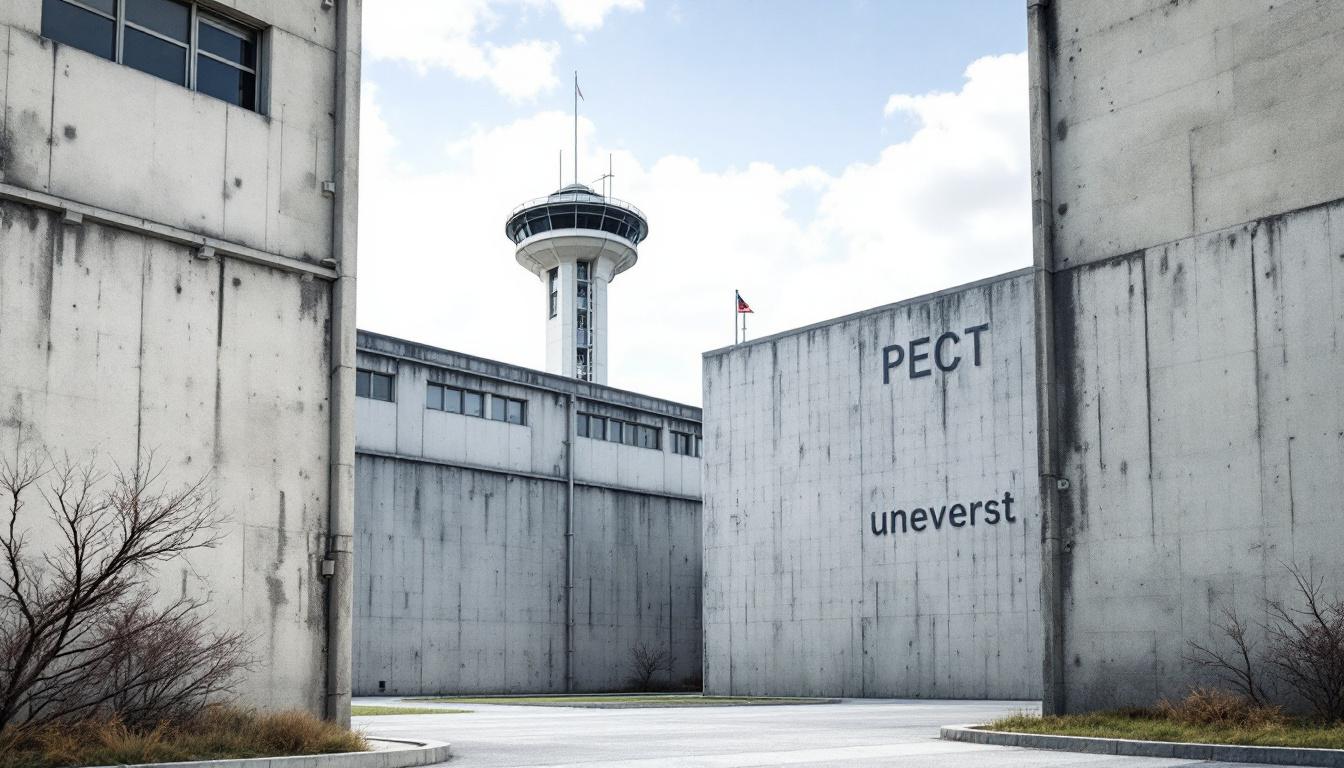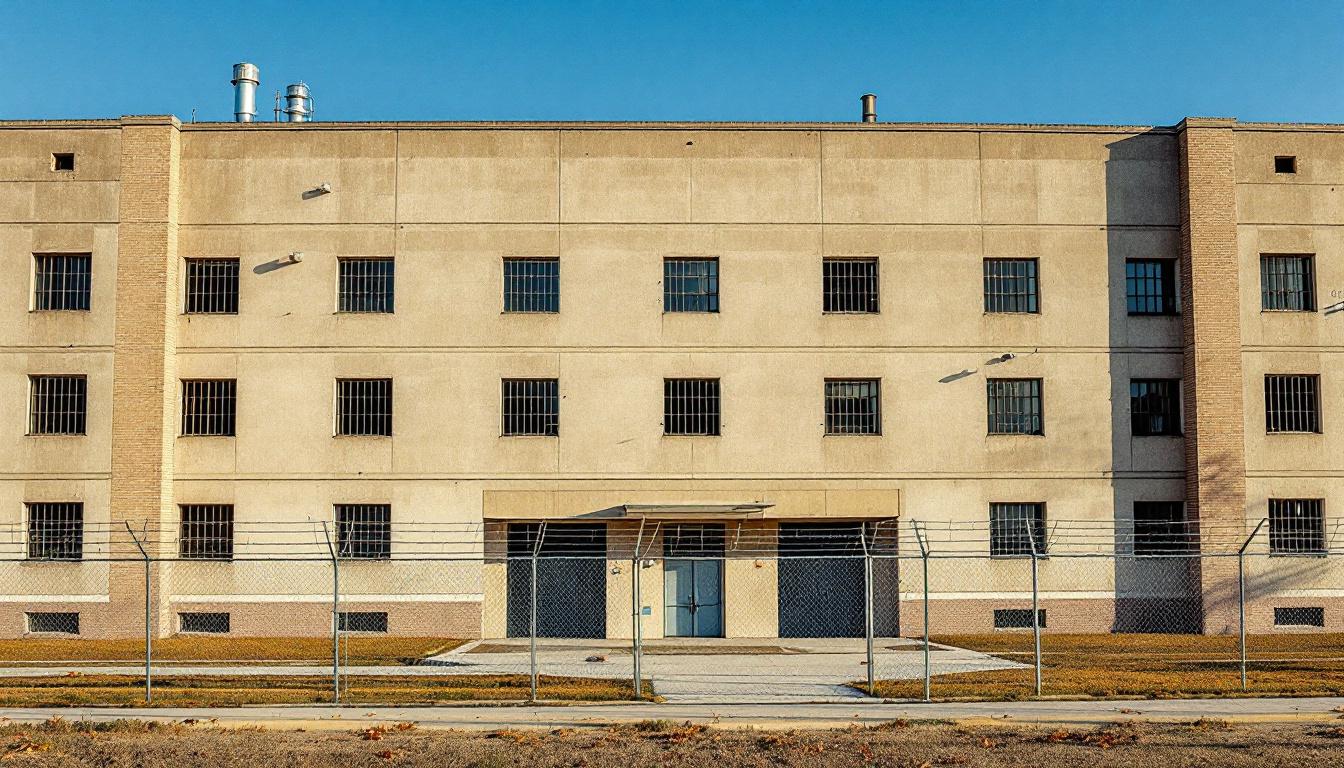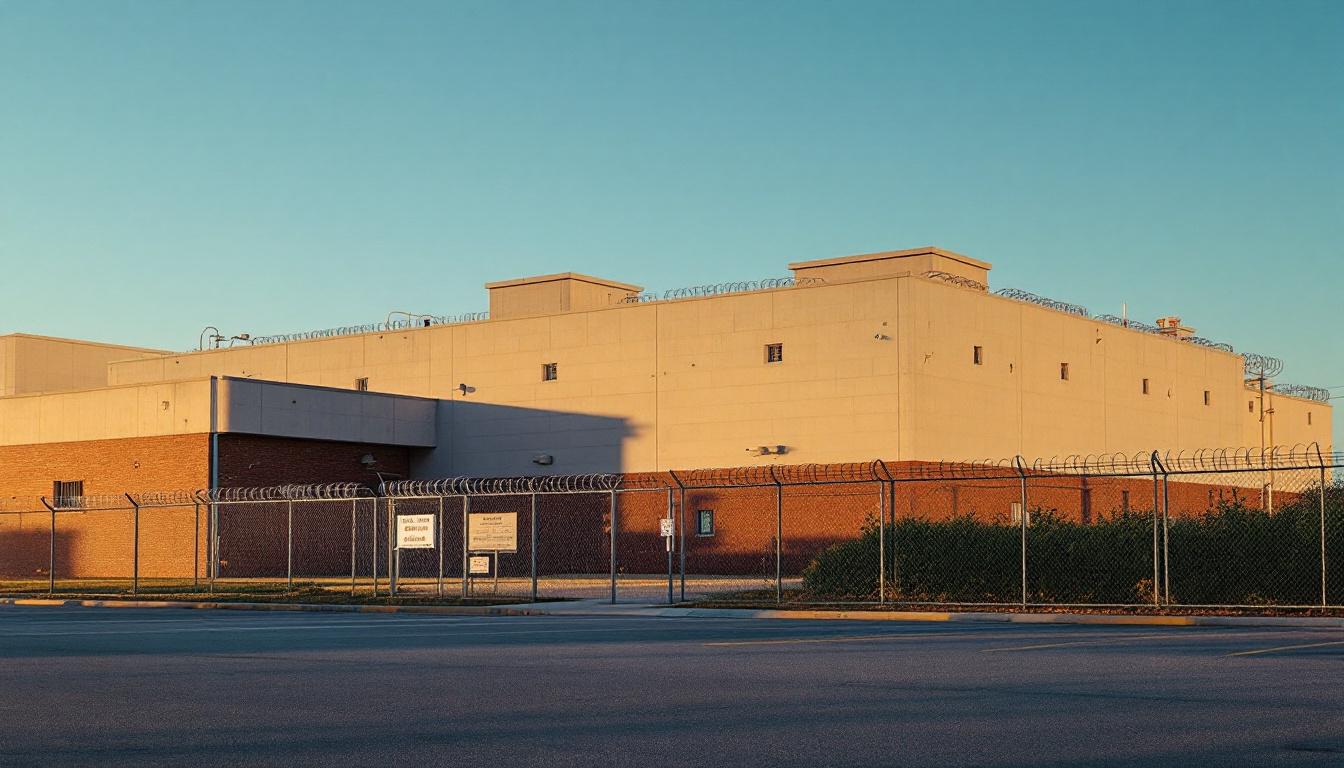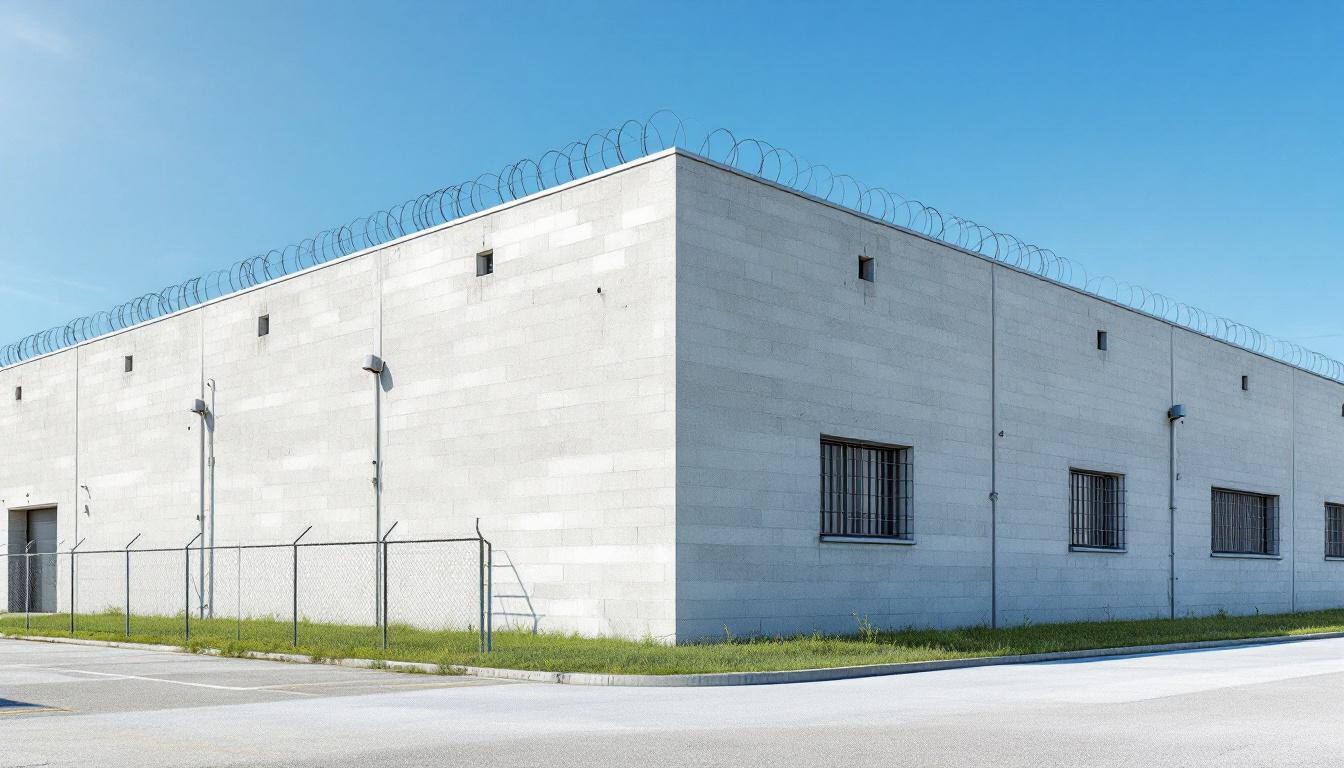
Quick Navigation
How to contact an inmate at Saginaw Correctional Facility
This comprehensive guide will walk you through how to connect with an inmate at Saginaw Correctional Facility. Follow the steps below to find an inmate and send letters and photos:
- Search for the inmate using our search tool below
- Create your account or log in to Penmate
- Write your message (up to 6,000 characters)
- Send instantly - inmates receive printed copies daily
Find an Inmate
Search for an inmate to start communicating today
Tip: You can search by first name, last name, or inmate ID number
To contact a person at Saginaw Correctional Facility start by searching for the person on the official facility website. Perform a search by following these steps:
- Step 1: Enter their first name and last name into the search form and click "Search"
- Step 2: Locate their inmate record
- Step 3: Write down their Inmate ID and any housing information provided
Important! Be sure to enter the person's full name. Nicknames should not be used.
How to Send Messages to Inmates

You can use your phone or computer to send emails, letters, and photos to an inmate. Messages are sent electronically to inmate tablets or kiosks at the facility. If you would like to send a message, start by searching for an inmate at Saginaw Correctional Facility.
Sending Photos and Postcards

A great way to send love and support to a loved one at Saginaw Correctional Facility is to send photos and postcards. It only takes a few minutes to send photos from your phone and it makes a huge difference. You can also mail postcards with words of support and inspiration, or design your own postcard for special moments like birthdays and holidays.
Important! Be sure not to send any explicit photos or they may not be approved by the facility. You can also use a photo printing app like Penmate to make sure your photos are printed at the correct size (4x6 or 3x5) and are mailed according to the rules and regulations of Saginaw Correctional Facility.
Frequently asked questions about Saginaw Correctional Facility
-
How long does it take to deliver a message?
If you're sending an email message your letter is usually delivered within 24-48 hours. For messages sent via mail you should expect delivery within 3-7 days. All messages will need be approved by Saginaw Correctional Facility.
-
How much does it cost to send a message to Saginaw Correctional Facility?
You can send a message free using your phone or mail a message via USPS for the price of a $0.60 stamp and envelope. You can also purchase credits or e-stamps from services starting at $1.99.
-
What services can I use to contact an inmate at Saginaw Correctional Facility?
Penmate
You can use Penmate to send letters and photos to an inmate from your phone. It's an easy way to stay in touch during your loved one's incarceration. Use the inmate locator to find an inmate's location and contact information, then you can send messages within a few minutes.
Securus messaging
Securus may be another option for communicating with an inmate at Saginaw Correctional Facility. You can create a friends and family account and purchase credits to send messages. All messages will be reviewed and must be approved by the facility.
JPay
Some county jails and state prisons may support sending messages with JPay. You must register an account with the system, find your loved one, and purchase stamps to send messages. For some locations you can also attach photos.
Smart Jail Mail
You may also check if Smart Jail Mail is available at Saginaw Correctional Facility. Smart Jail Mail is operated by Smart Communications and has contracted with some state and county jails. After purchasing credits, your messages and photos are sent to the facility, printed out, and then handed out to your loved one.
-
What is the mailing address of Saginaw Correctional Facility?
Mailing address:
Saginaw Correctional Facility
9625 Pierce Rd
Freeland, MI 48623
Phone: (989) 695-9880Business hours:
- Monday: 2:30 – 9:00 PM
- Tuesday: Closed
- Wednesday: 2:30 – 9:00 PM
- Thursday: Closed
- Friday: 2:30 – 9:00 PM
- Saturday: 8:30 AM – 9:00 PM
- Sunday: 8:30 AM – 9:00 PM
-
What are the visiting hours at Saginaw Correctional Facility?
Visiting hours at Saginaw Correctional Facility vary by housing unit and security level. Generally, visits are scheduled on weekends and holidays, with some facilities offering weekday visits. Contact the facility directly at (989) 695-9880 or check their website for the current visiting schedule. Visits typically last 30-60 minutes and must be scheduled in advance.
-
What items are prohibited when sending mail to Saginaw Correctional Facility?
Prohibited items typically include: cash, personal checks, stamps, stickers, glitter, glue, tape, staples, paperclips, polaroid photos, musical or blank greeting cards, hardcover books, magazines with staples, and any items containing metal or electronics. Only send letters on plain white paper with blue or black ink. Photos must be printed on regular photo paper (no Polaroids). Always check with Saginaw Correctional Facility for their specific mail policies.
-
How do I send money to an inmate at Saginaw Correctional Facility?
You can send money to an inmate at Saginaw Correctional Facility through several methods: 1) Online using JPay, Access Corrections, or the facility's approved vendor, 2) Money orders mailed directly to the facility with the inmate's name and ID number, 3) Kiosks located in the facility lobby, or 4) Over the phone using a credit or debit card. Fees vary by method, typically ranging from $2.95 to $11.95 per transaction.
-
Can I schedule a video visit with an inmate at Saginaw Correctional Facility?
Many facilities now offer video visitation as an alternative to in-person visits. At Saginaw Correctional Facility, video visits may be available through services like Penmate, Securus Video Connect, GTL, or ICSolutions. Video visits typically cost $10-20 for 20-30 minutes and must be scheduled in advance. You'll need a computer or smartphone with a camera and reliable internet connection. Contact the facility for their specific video visitation policies and approved vendors.
-
What identification do I need to visit an inmate at Saginaw Correctional Facility?
All visitors must present valid government-issued photo identification such as a driver's license, state ID, passport, or military ID. Minors must be accompanied by a parent or legal guardian who can provide the minor's birth certificate. Some facilities require visitors to be on the inmate's approved visitation list, which may require a background check. Contact Saginaw Correctional Facility for specific ID requirements and visitor approval procedures.
-
How can I find out an inmate's release date?
To find an inmate's release date at Saginaw Correctional Facility, you can: 1) Use the online inmate search tool if available, 2) Call the facility's records department, 3) Contact the inmate's case manager or counselor, or 4) Have the inmate provide this information during a call or visit. For privacy reasons, some facilities only release this information to immediate family members.
Facility Overview
Contact Information
Saginaw Correctional Facility9625 Pierce Rd
Freeland, MI 48623
Phone: (989) 695-9880
Official Website
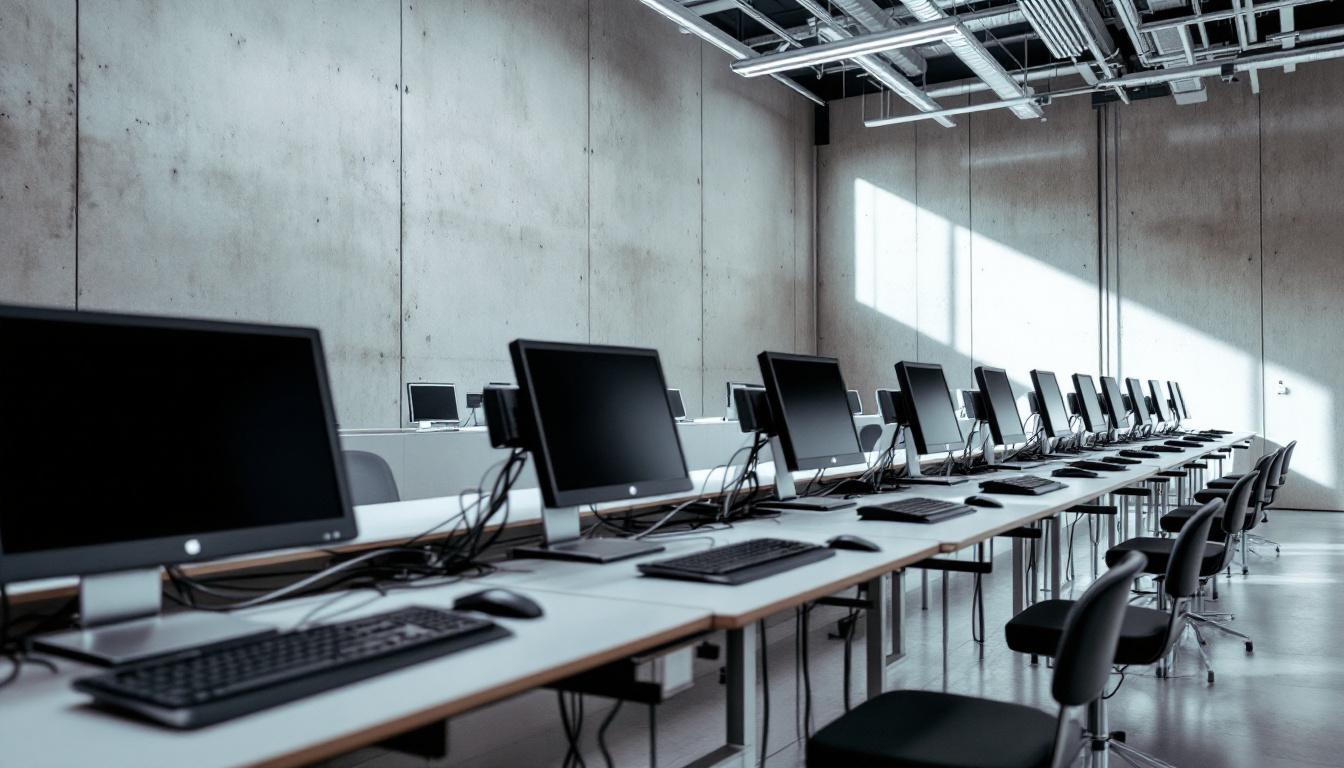
About Saginaw Correctional Facility
Correctional facilities serve as integral components within Michigan's justice system, where structured rehabilitation processes work alongside security measures to address both public safety and offender reintegration needs. Located in Freeland, the Saginaw Correctional Facility operates within this framework, contributing to the state's comprehensive approach to corrections through systematic programming and community preparation initiatives.
The facility typically emphasizes collaborative methods that connect incarcerated individuals with educational opportunities, vocational training, and behavioral programming designed to support successful reentry into Michigan communities. Through partnerships with various service providers, the population services may include substance abuse treatment, mental health support, and life skills development programs that address underlying factors contributing to criminal behavior. These process-focused interventions often work in coordination with family support systems and community organizations to create continuity between institutional programming and post-release success.
As part of Michigan's broader correctional network, this Freeland-based facility generally maintains connections with regional resources that support the transition process for individuals preparing to return to communities throughout the Midwest region. The facility's role in the state's correctional system typically involves implementing evidence-based practices while maintaining security protocols, creating an environment where rehabilitation efforts can progress alongside public safety considerations. Staff members generally work to facilitate programming that addresses individual needs while preparing participants for productive community reintegration.
Programs & Services
Through comprehensive support services, the population at Saginaw Correctional Facility receives assistance designed to address both immediate needs and long-term reintegration goals. The facility's approach centers on providing structured opportunities that help individuals develop essential life skills while maintaining connections to their families and communities. These programs typically emphasize personal growth and practical preparation for successful community reentry.
Educational and vocational programs form a cornerstone of the facility's offerings, providing the population with valuable skill-building opportunities. Vocational education may supply hands-on training in various trades that align with regional employment demands. Computer literacy programs often help participants develop technological skills essential for modern workplace success. Moreover, comprehensive education programs typically support individuals working toward completing their high school equivalency or pursuing higher learning opportunities through correspondence courses.
Support services and therapeutic interventions provide additional layers of assistance for the population's diverse needs. Individual counseling may supply personalized guidance to help participants address personal challenges and develop coping strategies. The prisoner reentry initiative often includes case management services, job placement assistance, and community resource connections that facilitate smooth transitions back into society. Additionally, work programs such as janitorial services typically provide the population with opportunities to develop work habits, earn modest wages, and contribute to facility operations while building transferable employment skills.
Daily Life & Visitation
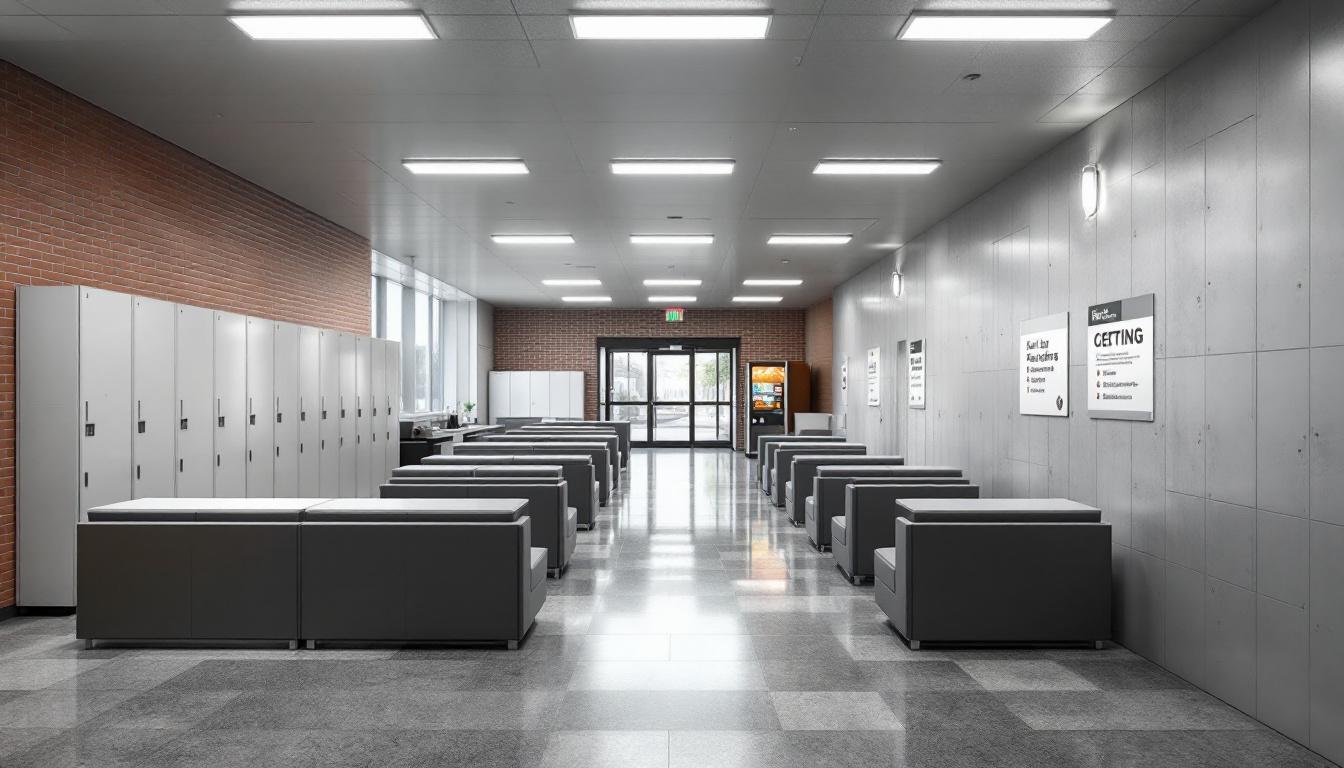
Organizational protocols shape every aspect of the experience for the population at Saginaw Correctional Facility, where structured schedules now govern daily activities from early morning wake-up calls through evening lockdown procedures. The population typically follows established routines that include designated meal times, work assignments, and recreational periods. Count procedures occur regularly throughout the day to maintain security and accountability. Programming schedules supply a framework for educational classes, vocational training, and rehabilitation services that residents may participate in based on their security level and individual needs.
Living accommodations generally consist of housing units designed to manage different custody levels and populations. Residents typically share cells or dormitory-style housing, with personal property allowances that usually include basic hygiene items, approved clothing, and limited personal effects. Moreover, the facility's commissary system allows the population to purchase additional items like snacks, writing materials, and approved electronics when funds are available through family support or work earnings. Dining arrangements involve scheduled meal service in designated areas, with menus that meet basic nutritional requirements.
Recreation and exercise opportunities typically include access to outdoor yards, indoor gymnasium facilities, and organized sports activities when security conditions permit. Whereas recreational time provides physical outlets, structured programming schedules supply educational and vocational training that may include job skills development, substance abuse counseling, and reentry preparation services. Family connections remain important through visitation policies that generally allow approved visitors during designated hours and days. The population can typically maintain contact with loved ones through monitored phone calls, written correspondence, and approved electronic messaging systems, helping to preserve essential family bonds during incarceration.
Ready to Connect?
Start communicating with your loved one today
Search for an Inmate




